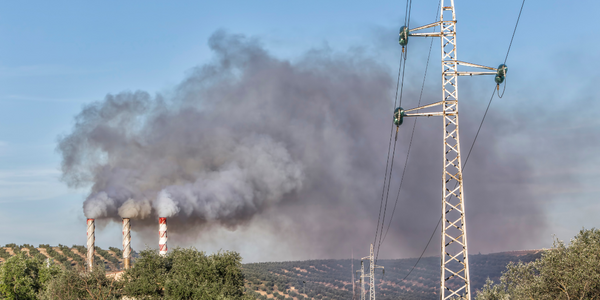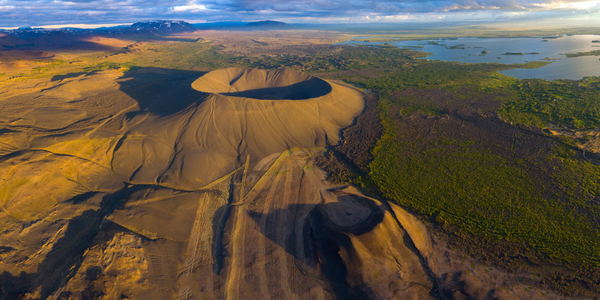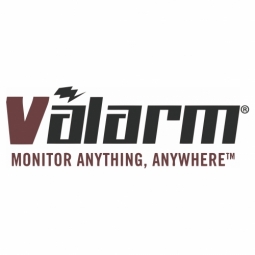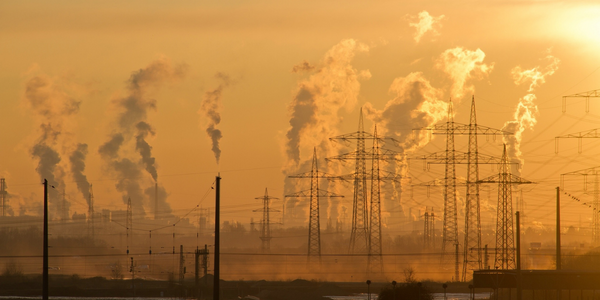
技术
- 功能应用 - 远程监控系统
- 传感器 - 气体传感器
用例
- 室外环境监测
客户
蓝色明天
关于客户
Blue Tomorrow, LLC 是一家获得加州认证的小型企业,总部位于圣巴巴拉,于 2013 年夏天成立。
挑战
实施臭氧/O3、VOCs、氮氧化物/NO2、粉尘颗粒物、PM1、PM2.5、PM10的空气质量监测。
解决方案
Blue Tomorrow 在加利福尼亚州中央山谷靠近克恩县部署了 Valarm 空气质量监测装置。这些盒子集成了来自世界各地的工业物联网硬件,以有效测量空气质量传感器因素,例如: • 灰尘和颗粒物、PM1、PM2.5、PM10 • 臭氧,也就是 O3 • NO2,也就是二氧化氮 • 挥发性有机化合物,又名 VOC 示例VOC 是诸如醇、醛、脂肪烃、胺、芳香烃(例如汽油蒸气)、碳氧化物、甲烷、LPG、酮和有机酸之类的物质。这些太阳能装置使用 Shop.Valarm.net 的关键传感器硬件向 Tools.Valarm.net 发送实时空气质量传感器测量结果: • GSM 3G 传感器集线器 • TTL 串行传感器适配器 • 气象传感器 – 温度、湿度和压力• SPI 串行传感器适配器

Case Study missing?
Start adding your own!
Register with your work email and create a new case study profile for your business.
相关案例.

Case Study
Vestas: Turning Climate into Capital with Big Data
Making wind a reliable source of energy depends greatly on the placement of the wind turbines used to produce electricity. Turbulence is a significant factor as it strains turbine components, making them more likely to fail. Vestas wanted to pinpoint the optimal location for wind turbines to maximize power generation and reduce energy costs.

Case Study
Predicting Eruptions in the Masaya Volcano with wireless Sensors
Volcanoes are one of the most unpredictable and impressive natural phenomenons. Worldwide researchers and scientists have always been trying to discover what happen inside volcanoes to predict future eruptions that will save lives. Their activity has provoked along years great disasters destroying entire settlements with lava flows and also endangering the environment or human health due to gas emanations or ash falls. Some vulcanologists are currently focused on working with the latest technology to monitor in real-time everything that happens inside and outside the crater to predict eruptions. Qwake, a global brand that merges ground-breaking scientific expeditions with cutting edge technology to drive positive change, has trusted in Libelium technology to develop a wireless sensor network in the Mouth of Hell, Masaya volcano in Nicaragua.

Case Study
Monitoring Unmanned Weather Stations
Unmanned weather stations play an essential role in the effort to analyze and predict the world's ever-changing weather patterns. The unmanned stations collect and store large amounts of weather data and then download the data at regular intervals to a back-end host for analysis and long-term storage. The computing device housed in the weather station must be robust enough to work continuously for long periods of time while exposed to a wide range of temperatures. It should also be able to collect readings from various sensors that use different data transmission protocols, and have the capability to store large amounts of data.

Case Study
Utility Company Saves $1M With Wireless Communications
PacifiCorp needed to monitor a 10-mile stretch of canal near the North Umpqua River 24/7 to prevent environmental damage. A reliable solar powered communications device with a small enough footprint to fit inside protective cabinets needed to be managed remotely when engineers are not available to make adjustments to the device directly.





